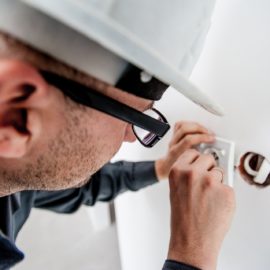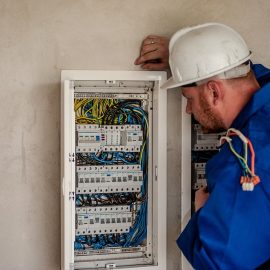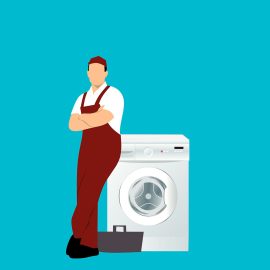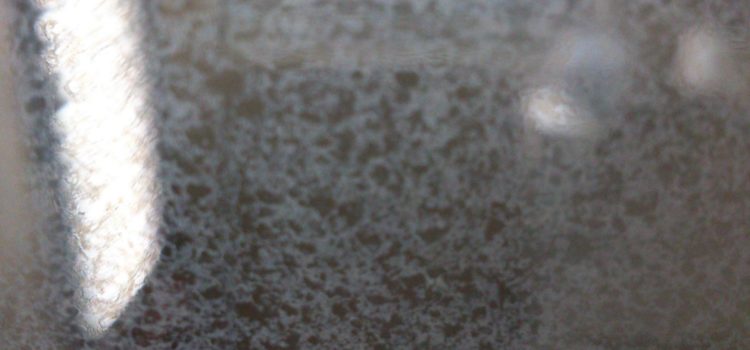
If you live in a hard water area, chances are you have had several run-ins with limescale build-up. Have you ever stopped to wonder where it comes from and how it can be prevented? In this article, we’ll be looking at what limescale is, the issues attached to limescale build-up, and how we can prevent further build-ups.
First of all, what is limescale?
Simply put, limescale is the chalky substance that forms in crusts around taps or creates a white film on your shower screen. Limescale occurs in places where water is either heated or left standing. It is caused when the different impurities and minerals, such as calcium, magnesium and potassium are left behind by evaporating ‘hard’ water. Unlike the joke that ‘hard’ water is just ice, in reality, ‘hard’ water just has a higher concentration of these minerals than ‘soft’ water.
Where can you find limescale?
Domestic equipment that operates with water which is heated in the process is prone to the formation of limescale if minerals concentrations in water are high. Therefore, dishwashers, coffee makers, washing machines, kettles, even pots and pans are the household items where we can first notice the unpleasant opaque coating.
But limescale settles on a variety of other surfaces around the home which are in daily contact with water. That’s right. Although it may take a bit longer for the mineral deposits to build up, due to the slower process of water evaporation, eventually the unsightly, hard-to-remove concretion forms in the pipe system; around kitchen fittings and bathroom accessories, as well as on tiled surfaces and in the grout.
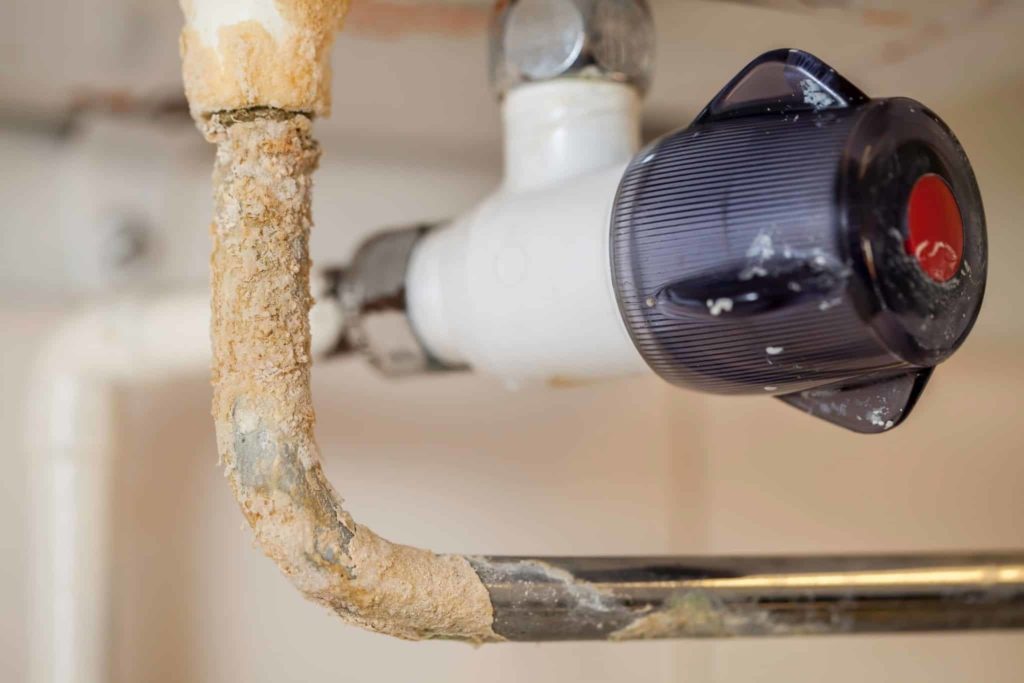
Why is Limescale Build-up a Bad Thing?
A family of four can create up to 70 kilograms of limescale each year, just by using water in the usual way that we all do. This is the weight of an average adult, so it’s easy to see how this volume of limescale or any other solid substance added to your water and heating systems each year can lead to problems quite quickly.
The three main problems with limescale build-up are:
Increased energy bills – As your heating system becomes clogged with limescale, it has to work harder in order to bring your home up to the right temperature. Just 1mm of limescale in your hot water system can increase your energy use by roughly 7%, costing the average household an additional $200 – $275 per year.
Damage to appliances – Have you ever heard a rumbling sound coming from your boiler as it starts up? If so, this is called kettling, caused by limescale build-up that reduces the water flow within the heat exchanger. The boiler, therefore, has to work harder to heat your home sufficiently and as a result, has a reduced lifespan and becomes prone to breaking down in winter. Not only is this a nuisance, but it also costs you more money in repairs and replacement. This is just one example of how limescale build-up can damage your appliances.
Extra cleaning is required – Limescale build-up can be tricky to remove when it’s had lots of time to build up. You may have to spend more money than usual on cleaning products to remove the limescale, but mostly this is just a nuisance for people who prefer to keep their bathrooms and kitchen sparkling.
Sounds like a hassle, right? So how can we prevent limescale build-ups? The good news is, there are several home remedies that can help with minor to middling limescale build-ups.
The Quick Fix
Limescale can be tough and using abrasive scourers to remove it can damage the surfaces below, like enamel bathtubs and chrome taps. To avoid this, you can buy mild acids that will dissolve the limescale within minutes, without any need for elbow grease and without causing damage to your taps. A whole range of these acids can be found at your local supermarket. Just be sure to follow the instructions carefully and check that it is suitable to use on surfaces you plan to use it on.
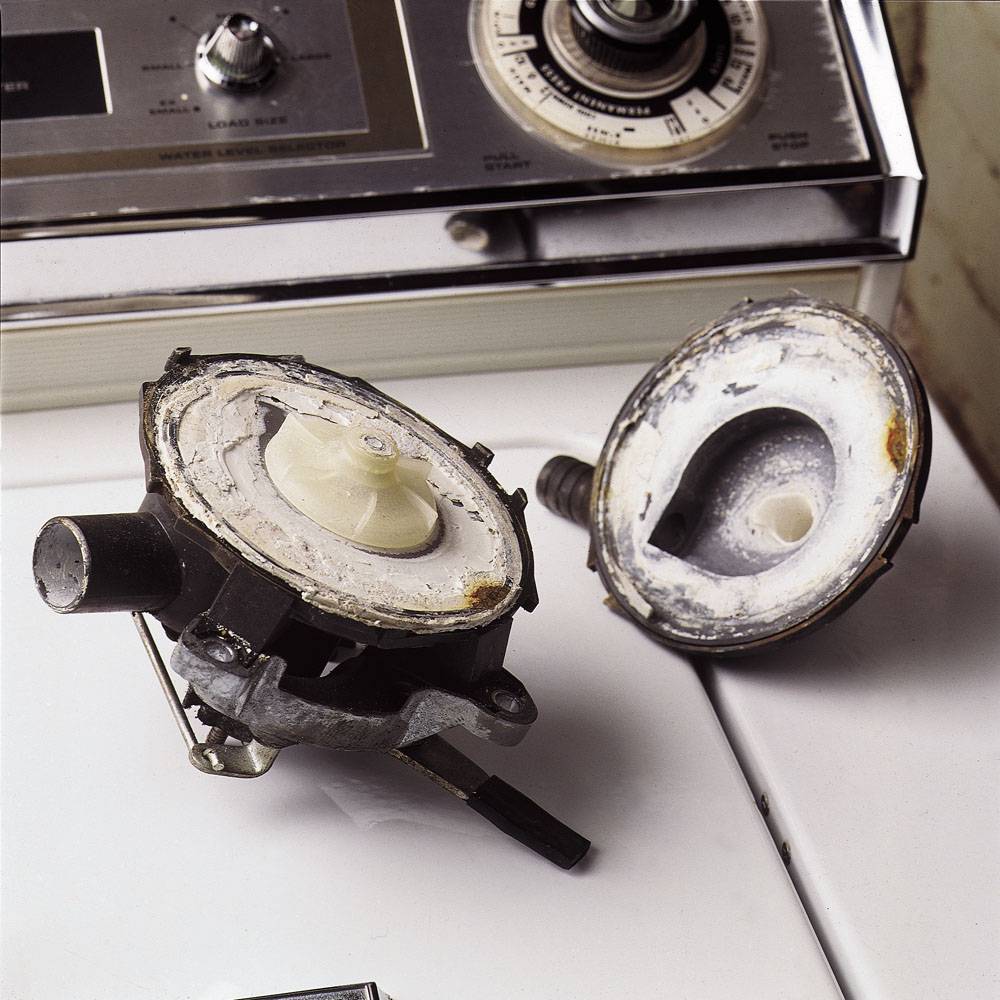
The Chemical-free Fix
If you would rather use natural substances in your home, perhaps if you have allergies or pets and children that you want to keep out of harm’s way, you can opt to use vinegar, which contains acetic acid or lemon juice. Pickling vinegar and lime juice contain even stronger acids and can be used on particularly stubborn limescale deposits.
Here’s how to use them:
- Use a cup of vinegar, placed directly in your washing machine drum, then run on a normal cycle to clear limescale from your washing machine.
- For your kettle, fill it a quarter full of vinegar. After an hour, fill the kettle with water, leaving the vinegar inside and then boil. Empty it straight after boiling and rinse thoroughly.
- Lemon juice and vinegar are also a great option for cleaning tiles and shower screens. The trick to making them really shine is to rinse the surface and buff with a dry cloth afterwards.
- To ensure taps are thoroughly soaked in the lemon juice or vinegar for long enough, soak cotton wool and attach it to the taps with an elastic band. Leave for an hour or more until the limescale can easily be cleaned away. You could also use a rag, which can be washed and reused afterwards.
- Showerheads can be removed and soaked in a bowl of vinegar. Limescale can be brushed off with an old toothbrush afterwards.
- The best way to keep your bathroom and kitchen shining is to keep on top of limescale, cleaning regularly to keep it from building up into hard-to-remove plaques.
We hope these solutions can help keep your fixtures gleaming and ease the pressure on your appliances. Let us know if you have any other descaling tricks in the comments below!

